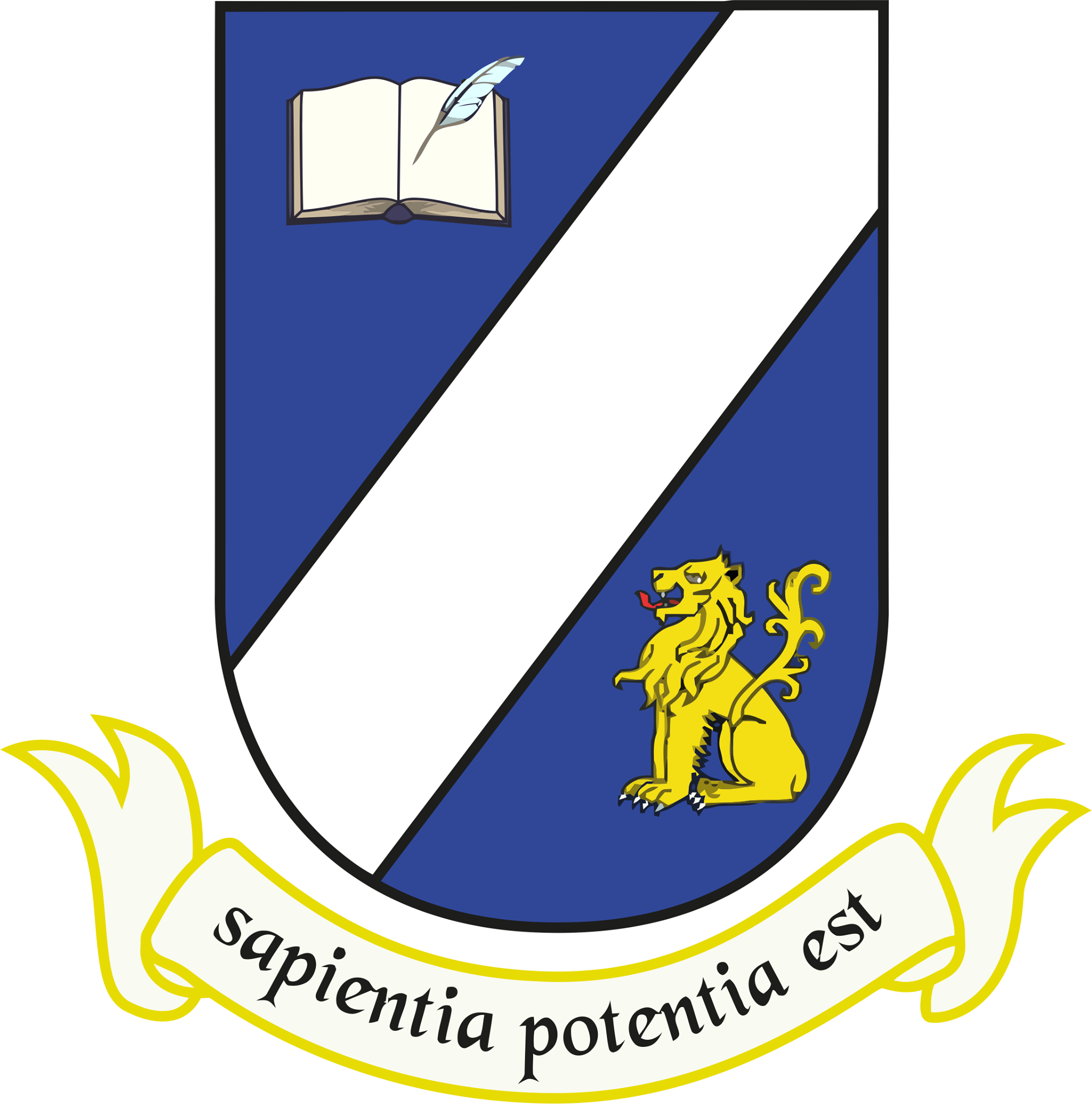THE DECLARATION ON THE RIGHT TO DEVELOPMENT FROM THE PERSPECTIVES OF CHINA AND LATIN AMERICA
Resumo
A Declaração do Direito ao Desenvolvimento (DRTD) é uma determinação não vinculativa das Nações Unidas, adotada em dezembro de 1986 e aprovada em 1993. Contestada por alguns países, a DRTD surgiu na esteira do processo de descolonização do Sul Global e do apelo por direitos humanos internacionais que emergiu com o fim da Segunda Guerra Mundial e o período da Guerra Fria. Prestes a completar 38 anos de existência, a DRTD ainda é uma lei inalienável de direitos humanos. Este artigo apresenta uma explicação sobre a DRTD e sua conexão com a Declaração Universal dos Direitos Humanos, o Movimento dos Países Não Alinhados (MNA), o Grupo dos 77 e os Objetivos de Desenvolvimento do Milênio, mostrando como eles compartilham as mesmas ideias da DRTD. Outro ponto é o exame de alguns discursos e documentos da República Popular da China (RPC) que contribuem para a análise da DRTD e como as diretrizes da Comunidade Global de Futuro Compartilhado e do Livro Branco sobre a Filosofia, Prática e Contribuição da China estão em consonância com os ideais presentes na DRTD. Por fim, foi feito um breve esboço do desenvolvimento econômico chinês a partir de 1978, quando um planejamento estatal detalhado impulsionou a China para o que hoje é a segunda maior economia do mundo. Dados do Fundo Monetário Internacional (FMI) e do Grupo Banco Mundial mostram como o país tirou 800 milhões de pessoas da pobreza e alcançou marcos significativos no desenvolvimento social, político e cultural.
Palavras-chave: Declaração sobre o Direito ao Desenvolvimento, Direito à Autodeterminação, Desenvolvimento Econômico, China e América Latina.
Abstract: The Declaration on the Right to Development (DRTD) is a non-binding determination of the United Nations adopted in December 1986, and approved in 1993. Contested by some countries, the DRTD came in the wake of the decolonization process of the Global South and the call for international human rights that emerged with the end of the Second World War and the period of the Cold War. About to complete 38 years of existence, the DRTD is still an inalienable soft law of human rights. This article presents an explanation of the DRTD and its connection to the Universal Declaration of Human Rights, the Non-Aligned Movement (NAM), the Group of 77, and the Millennium Development Goals show how they share the same ideas of as the DRTD. Another point is the examination of some speeches and documents from the People's Republic of China (PRC) that contribute to analyzing DRTD and how the guidelines of the Global Community of Share Future and the White Paper China's Philosophy, Practice and Contribution are in line with the ideals present in DRTD. Finally, a brief outline of the Chinese economic development was made from 1978 onwards, when detailed state planning propelled China to what is now the second largest economy in the world. Data from the International Monetary Fund (IMF) and the World Bank Group show how the country lifted 800 million people out of poverty and achieved significant milestones in social, political and cultural development.
Key words: Declaration on the Right to Development, Right to Self Determination, Economic Development, China and Latin America.
Texto completo:
PDFApontamentos
- Não há apontamentos.







